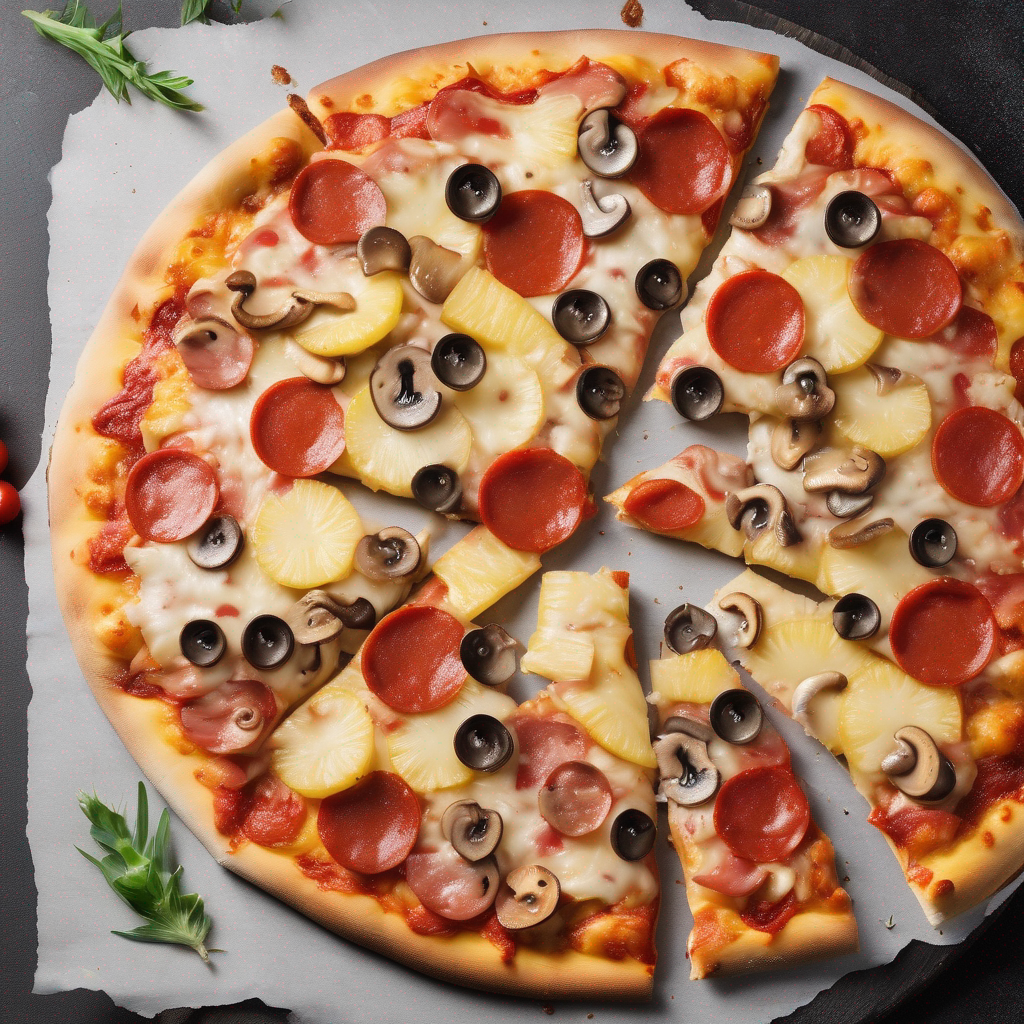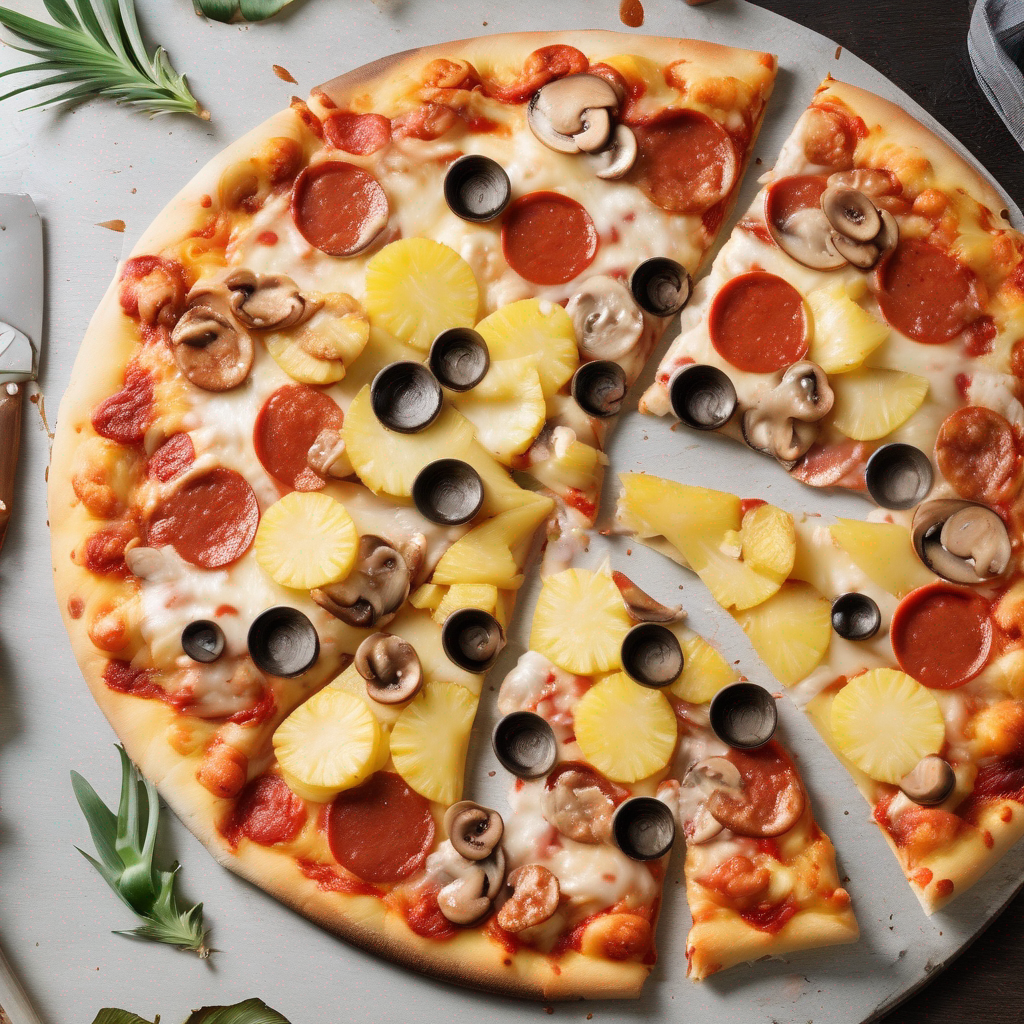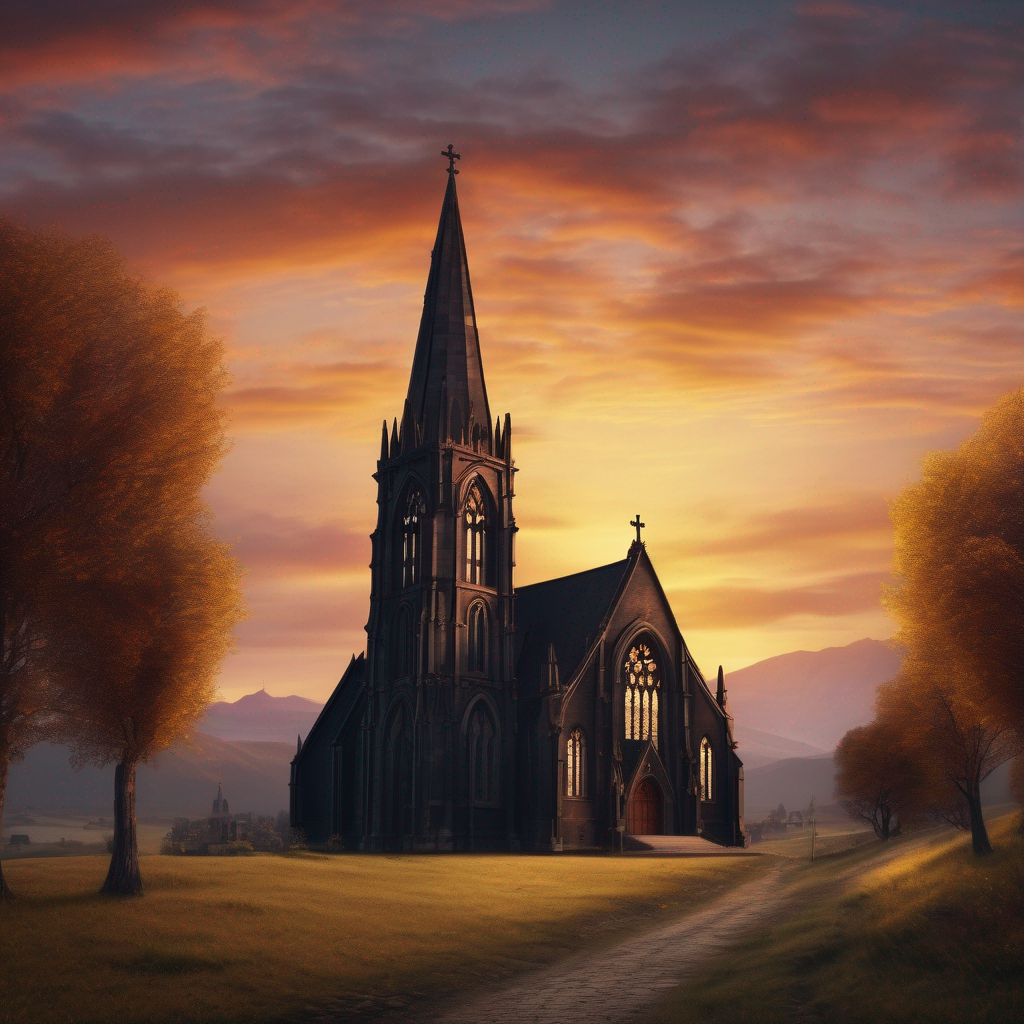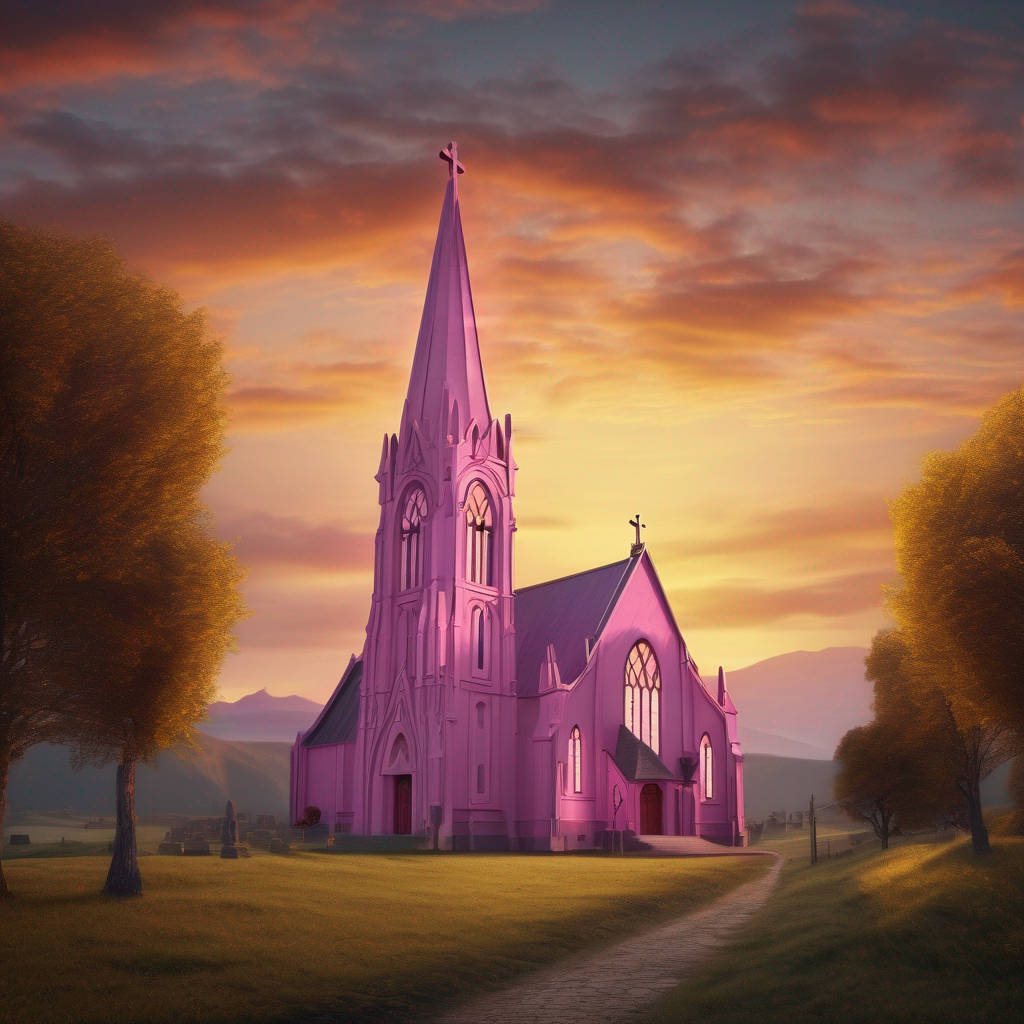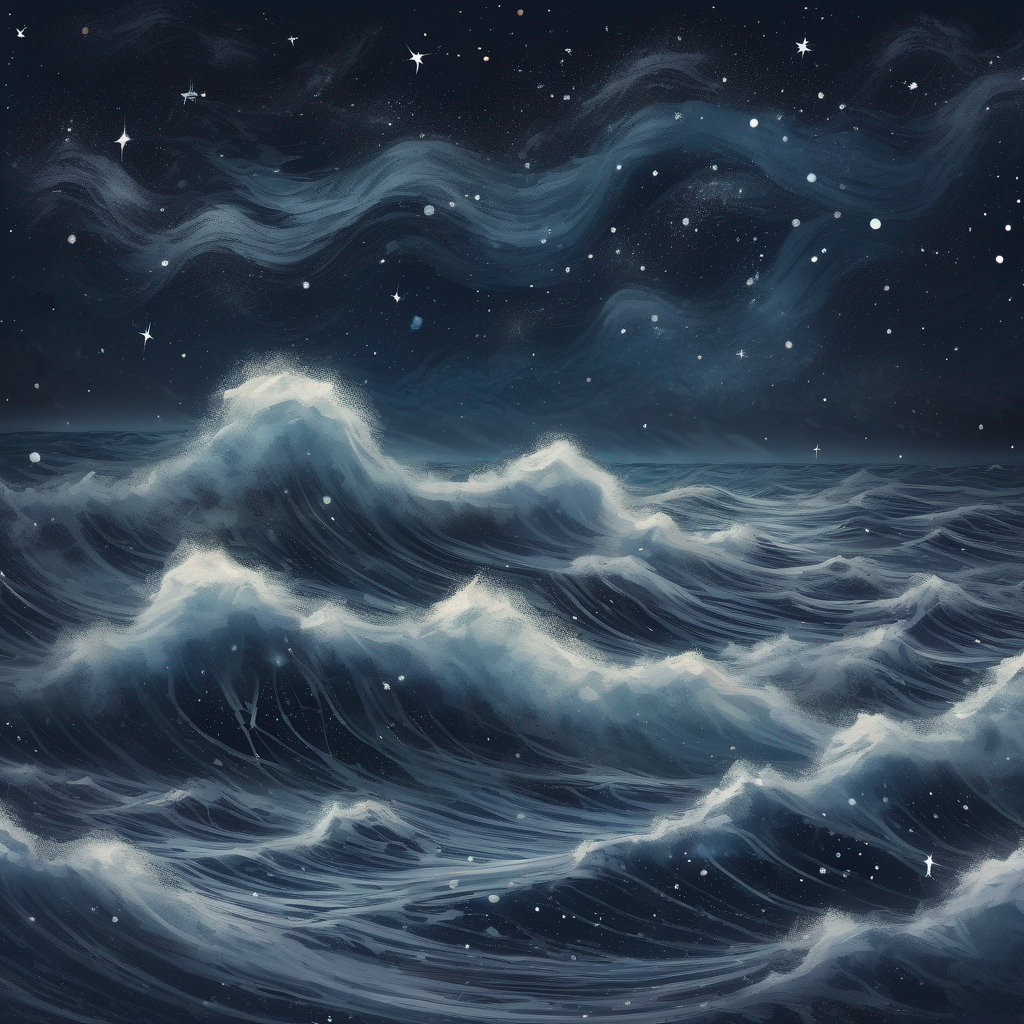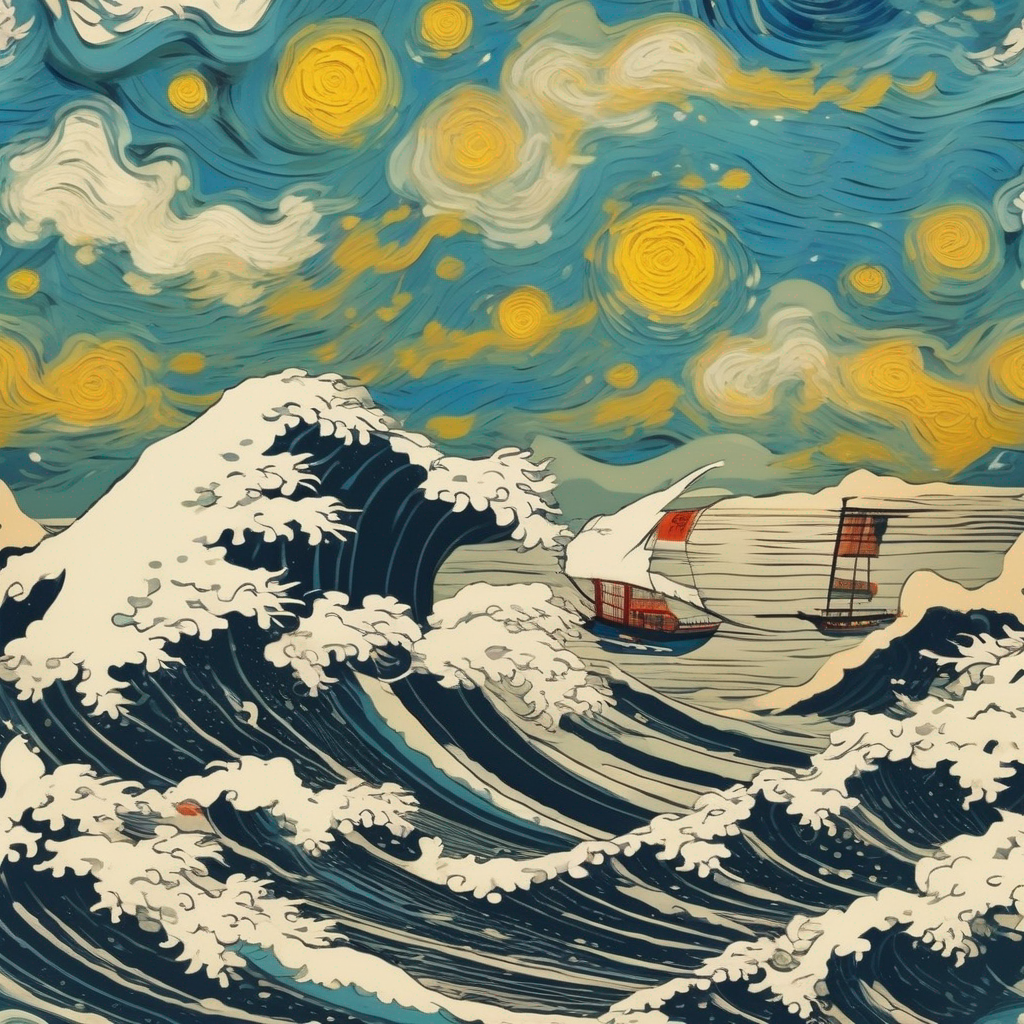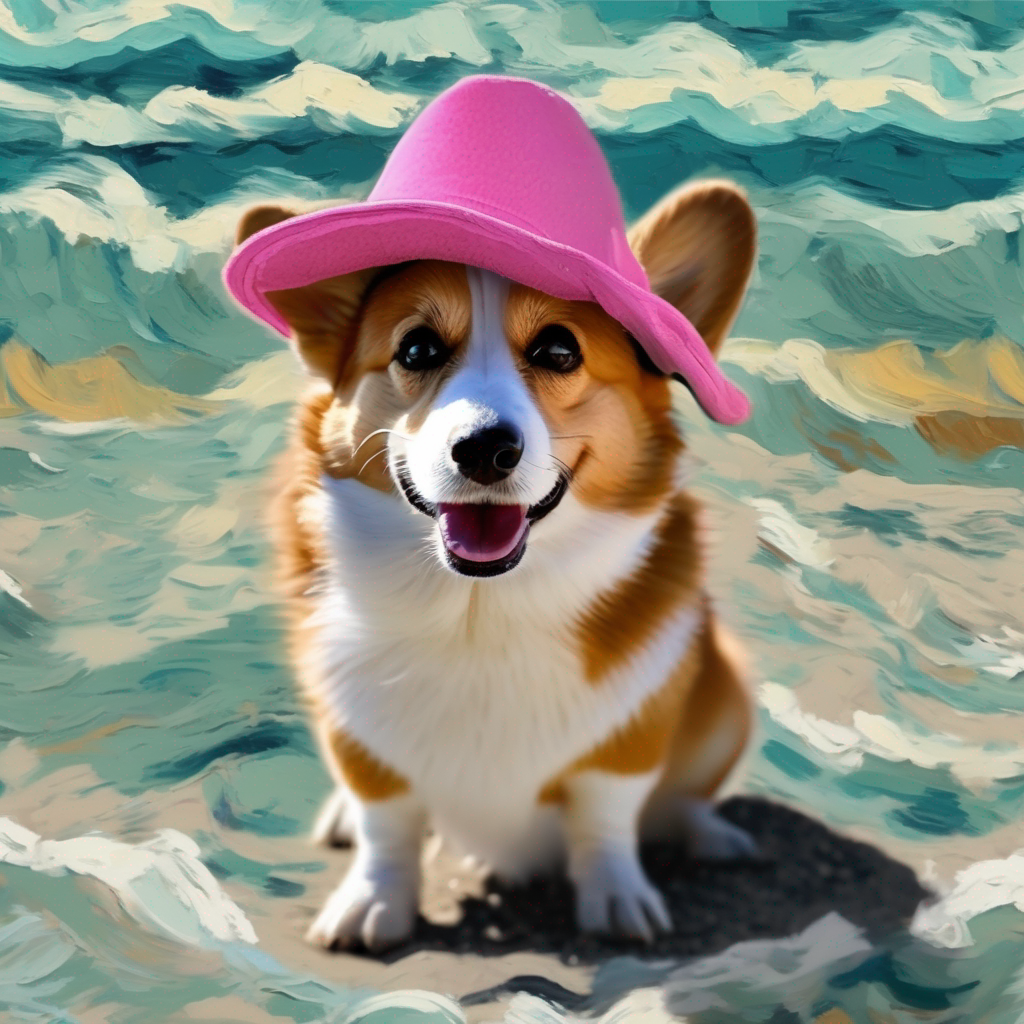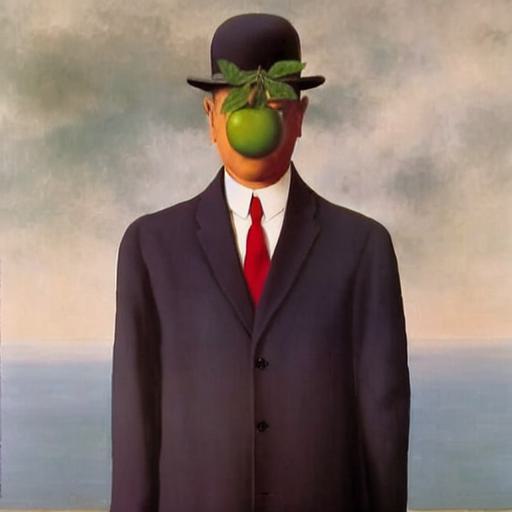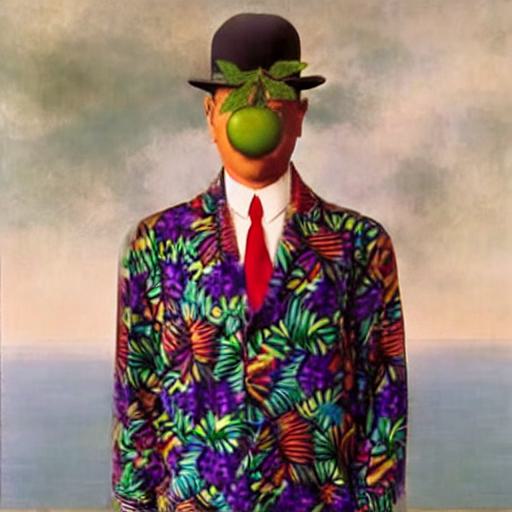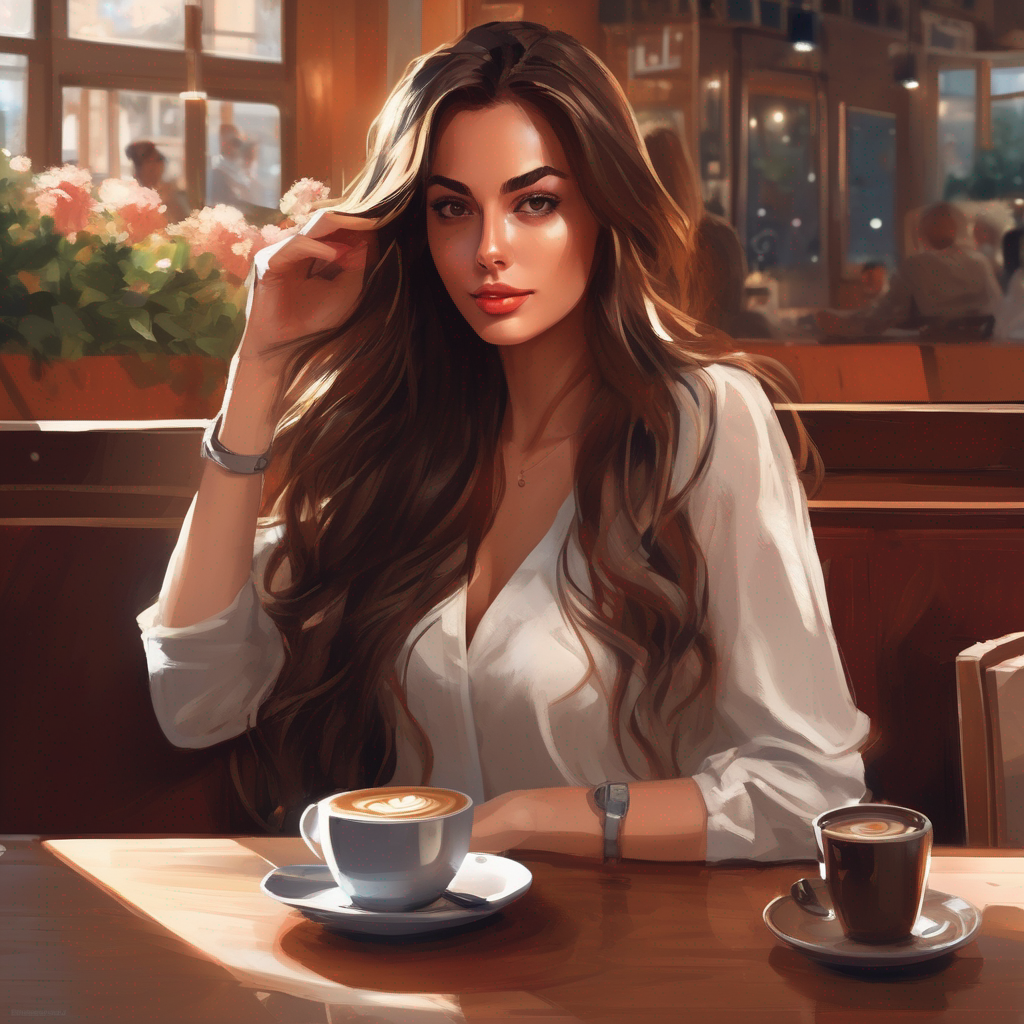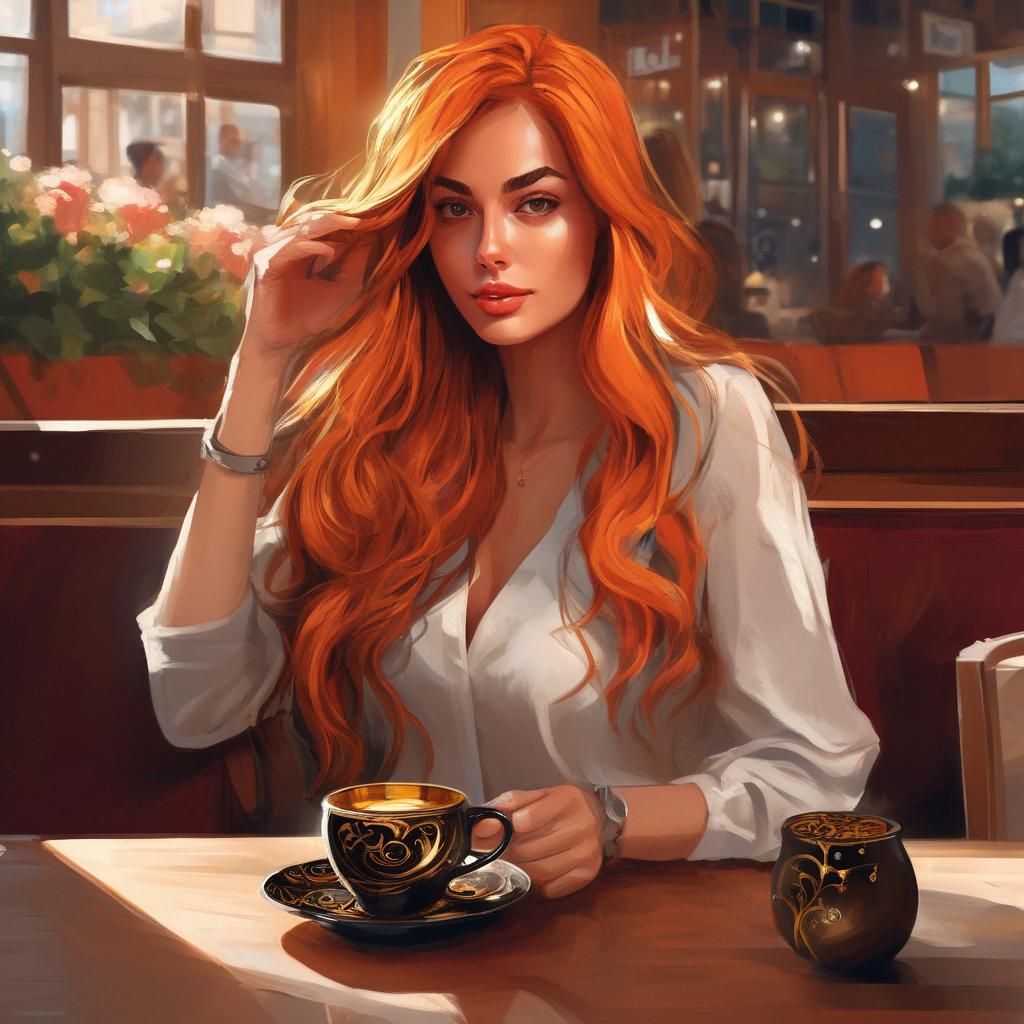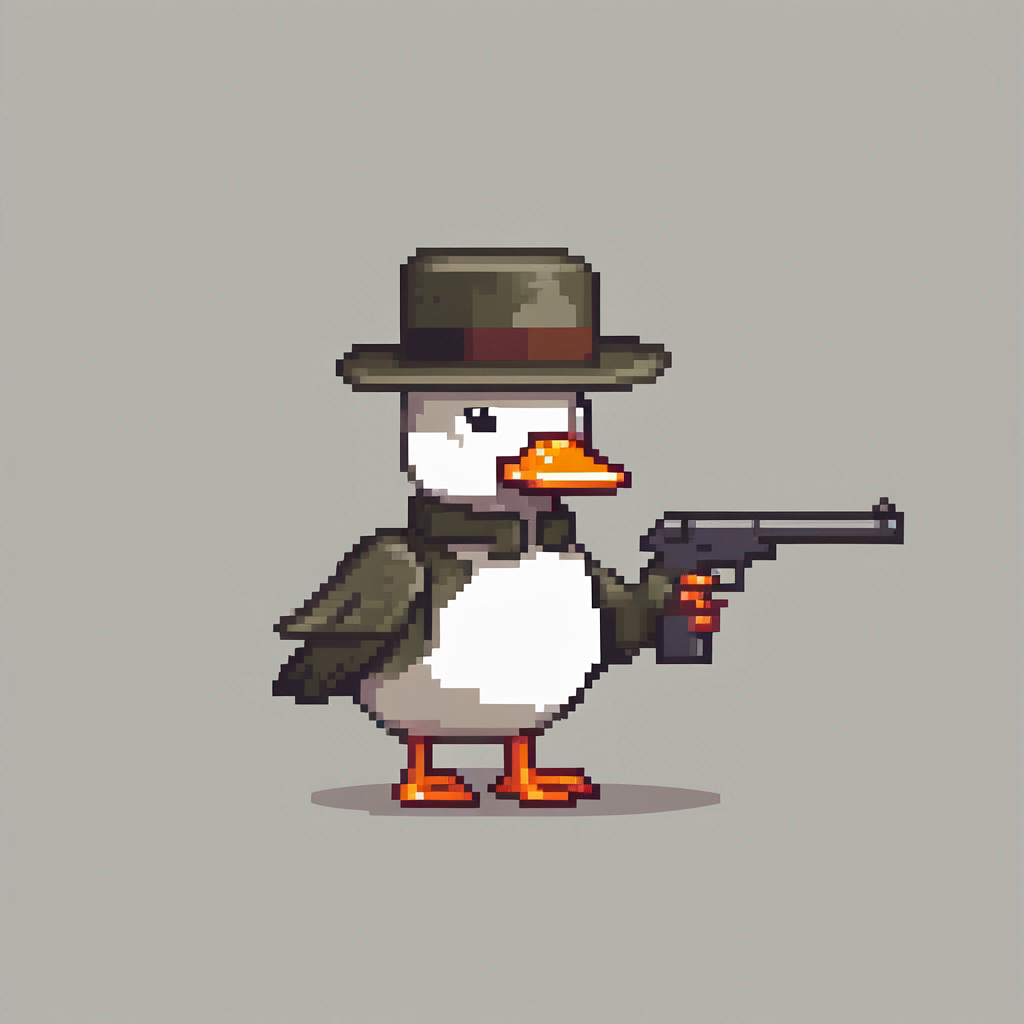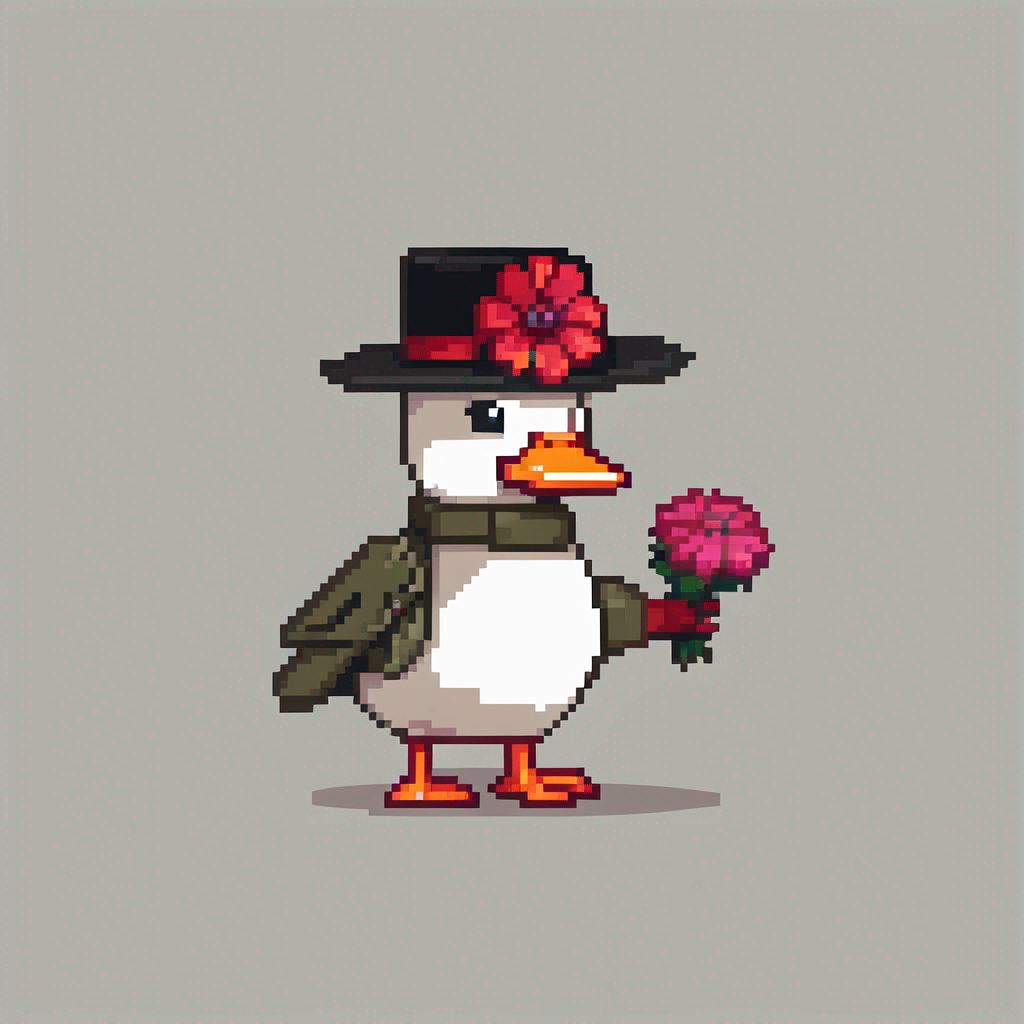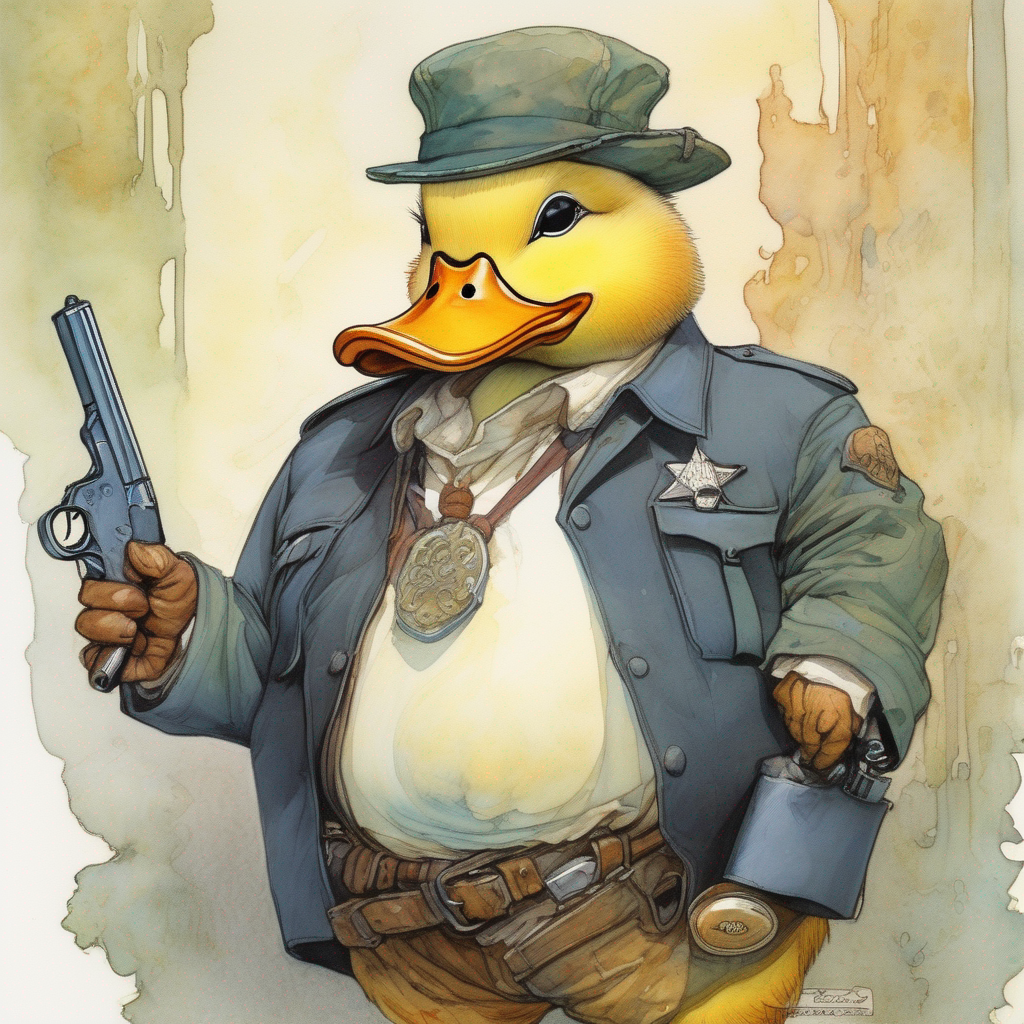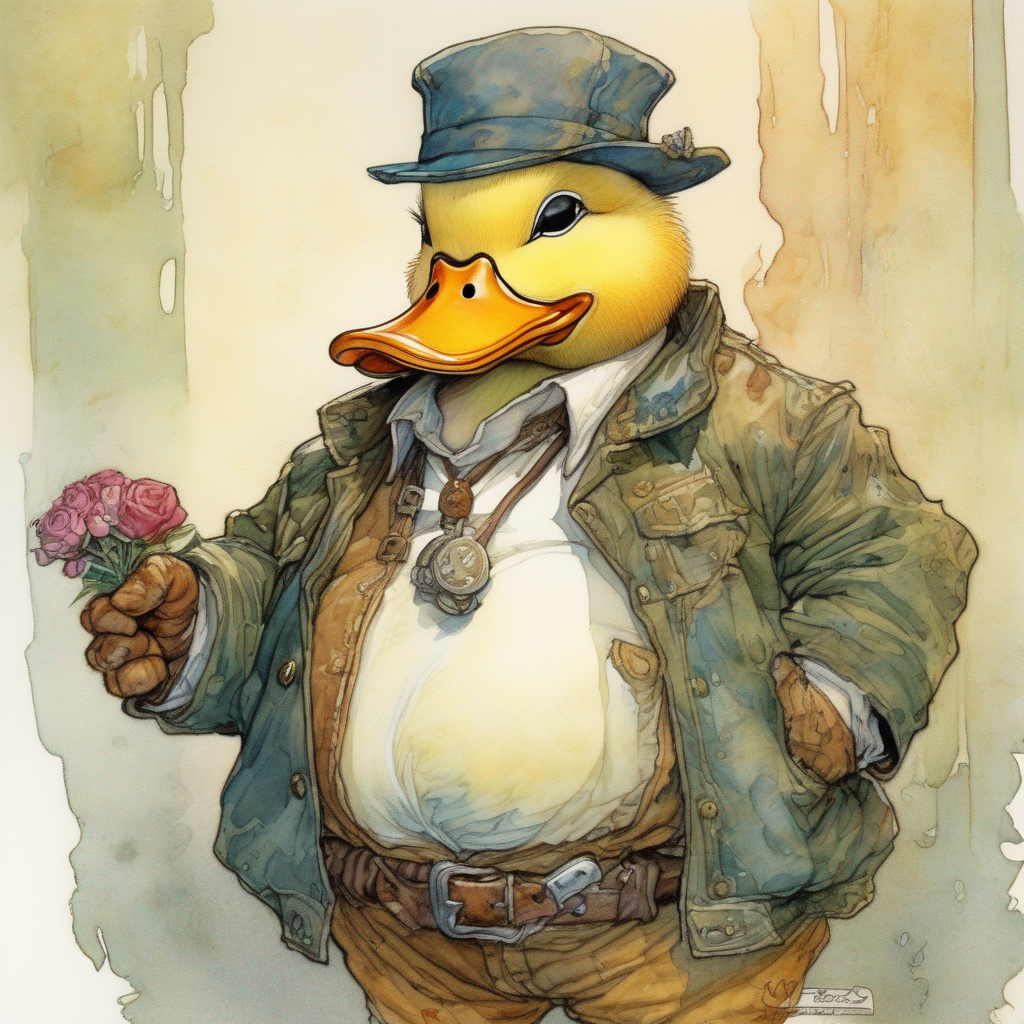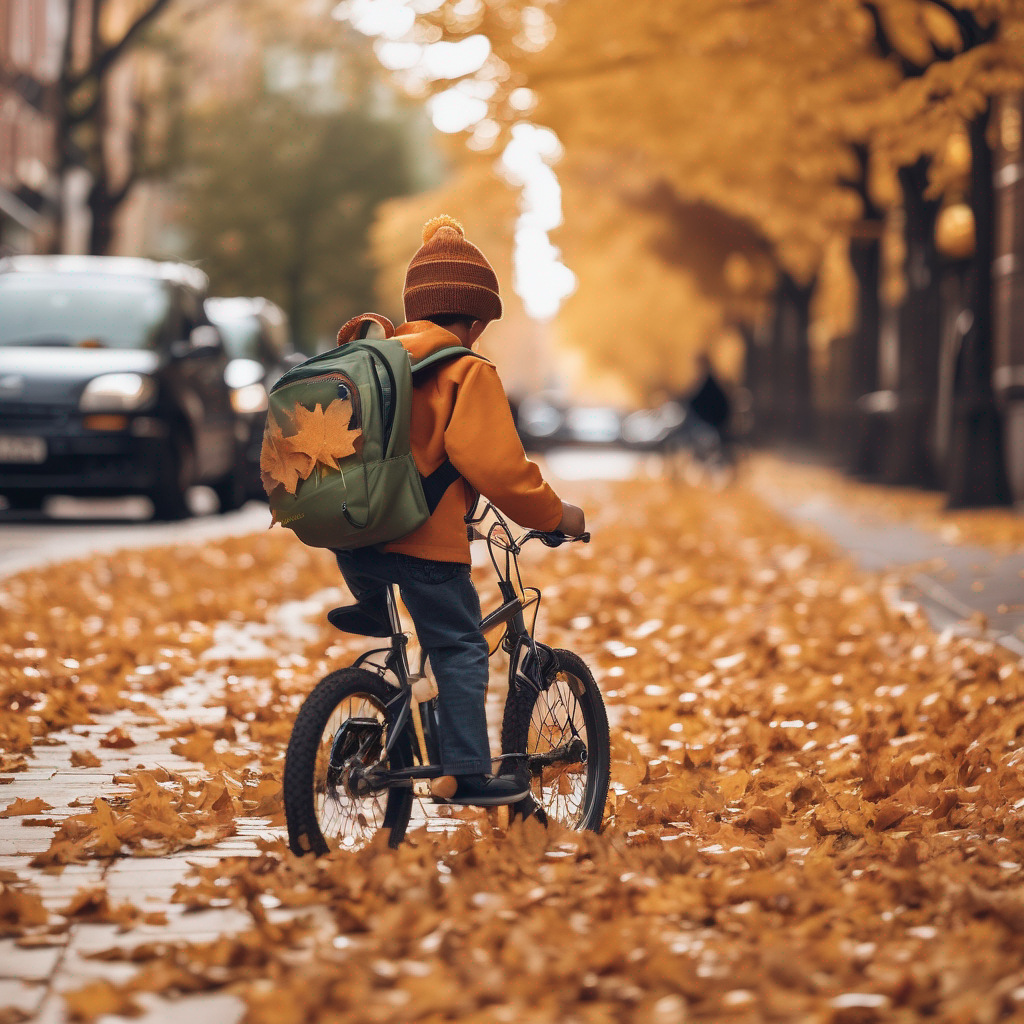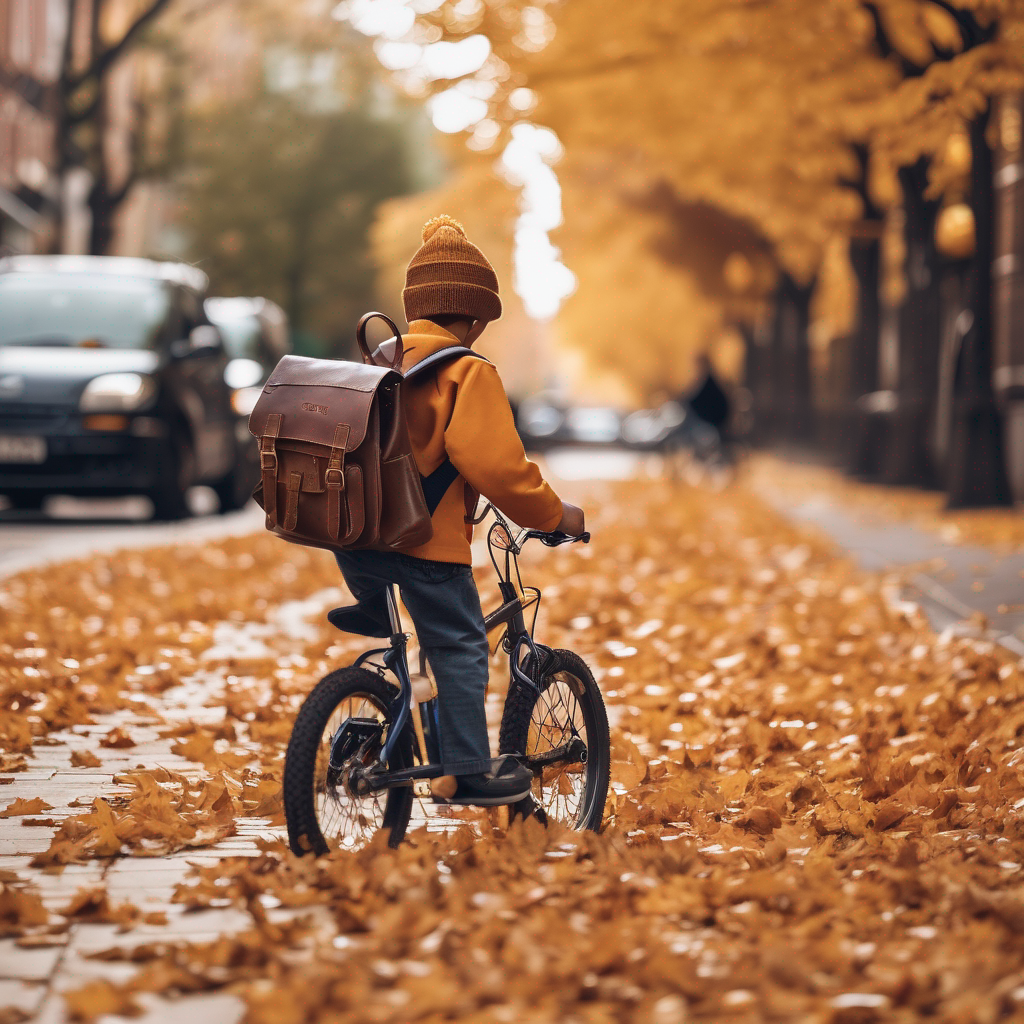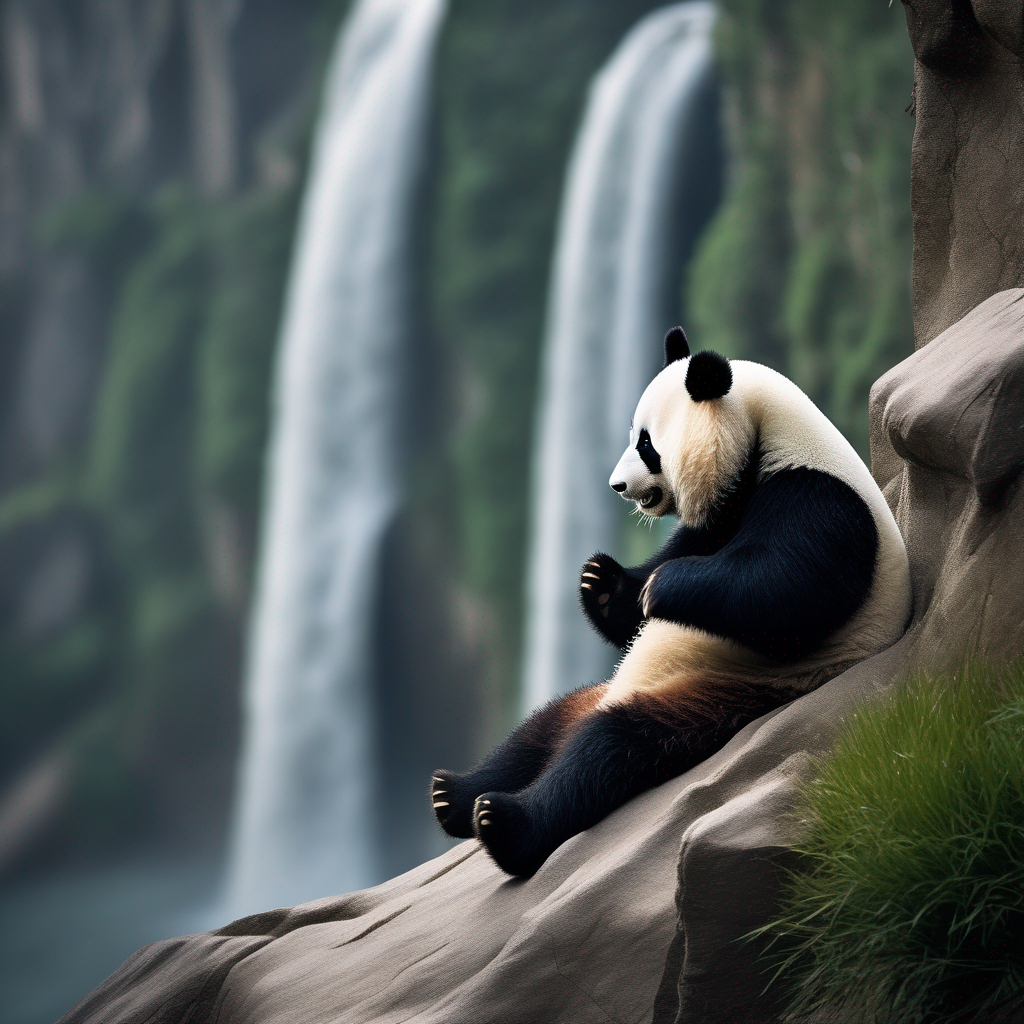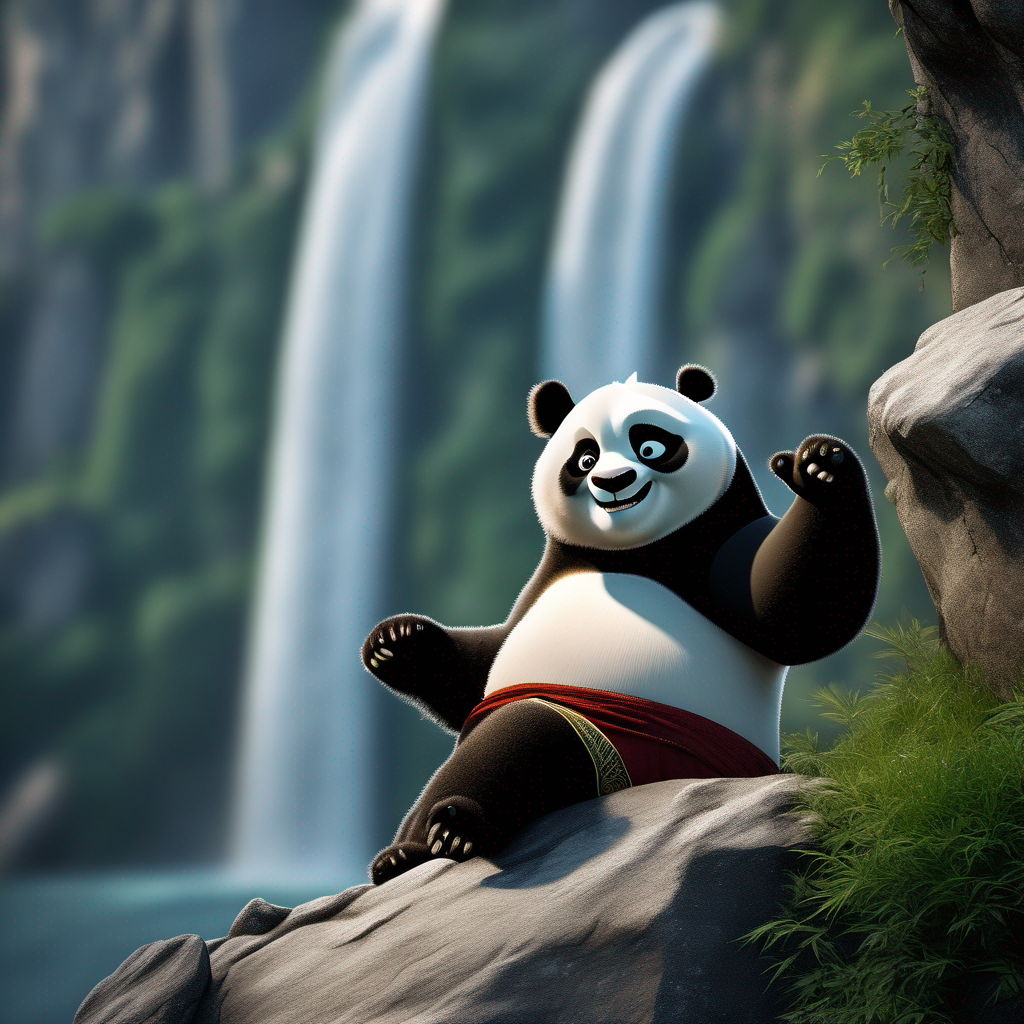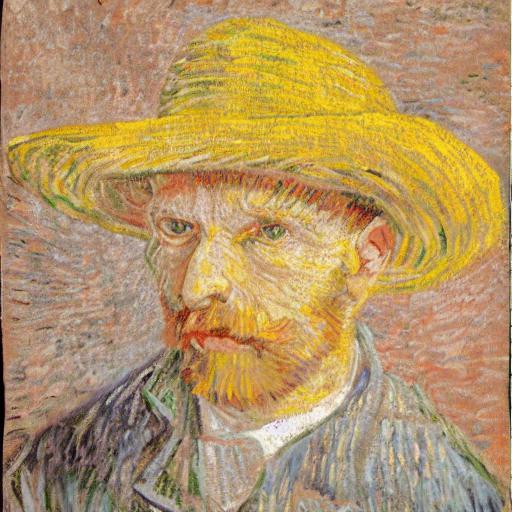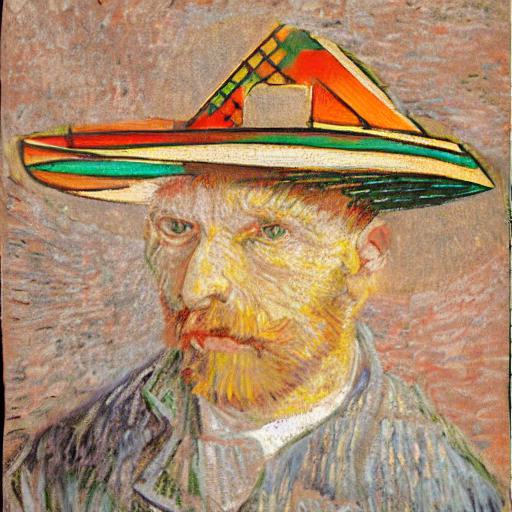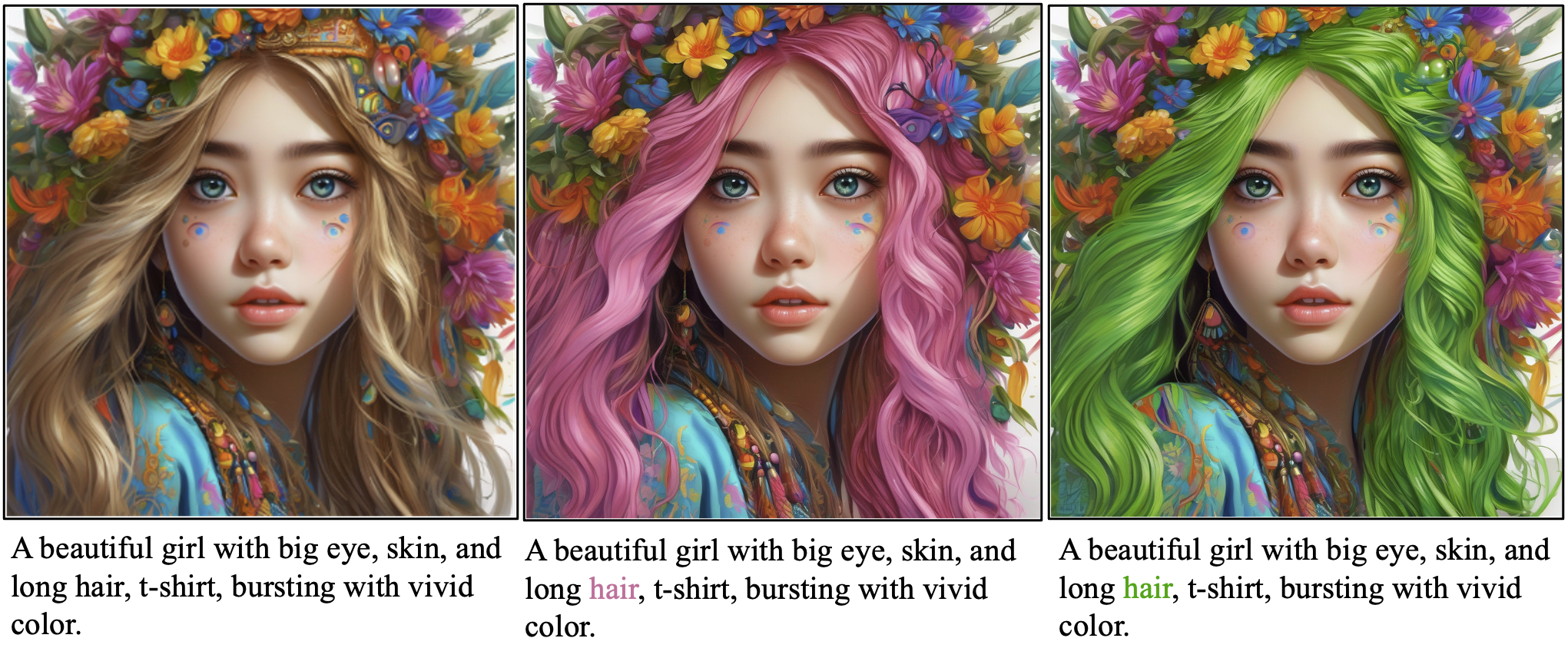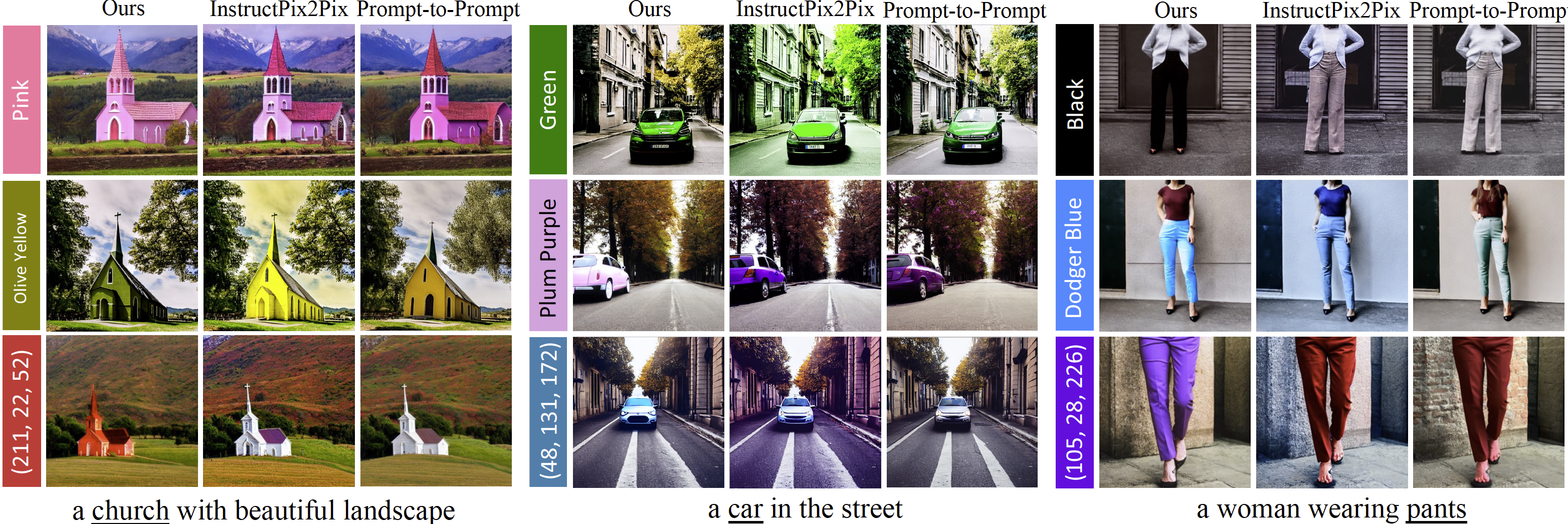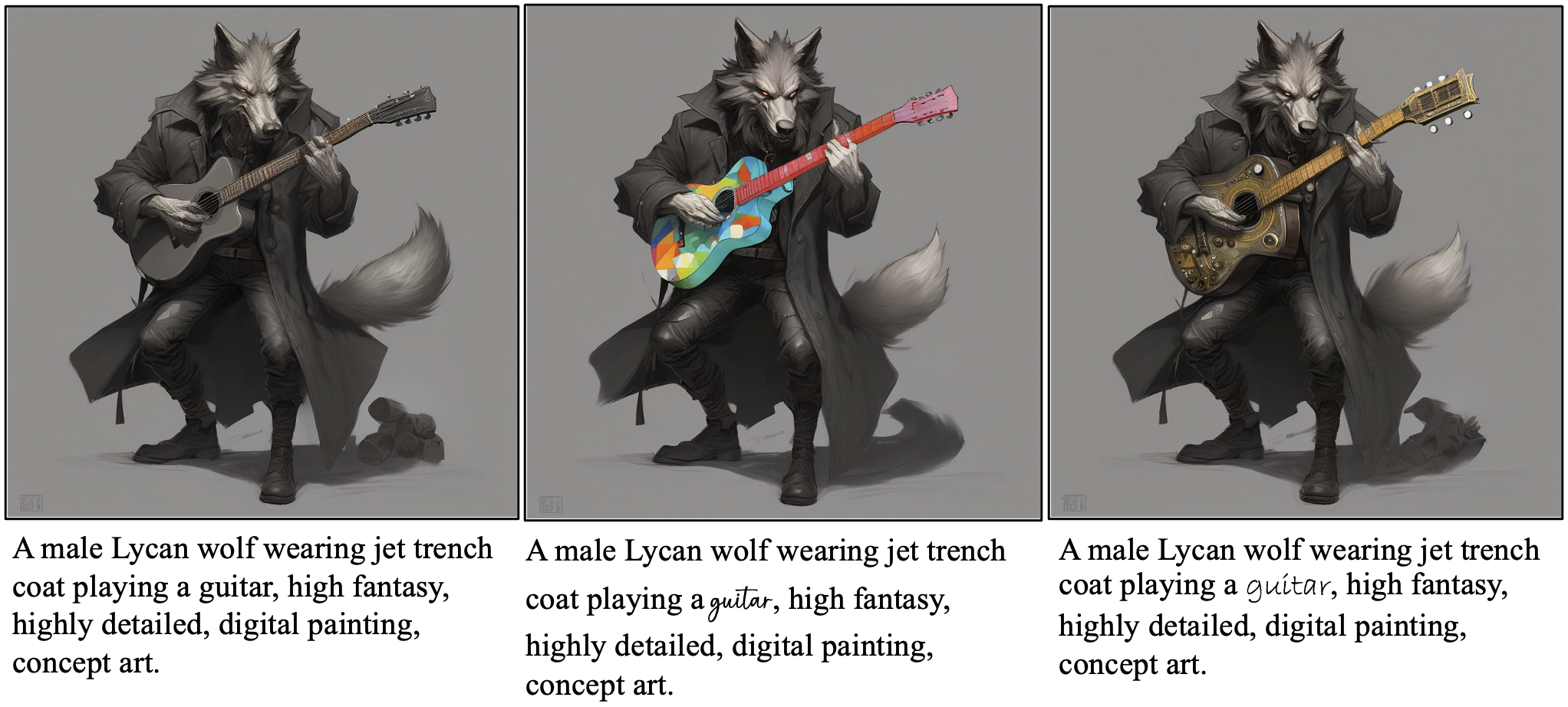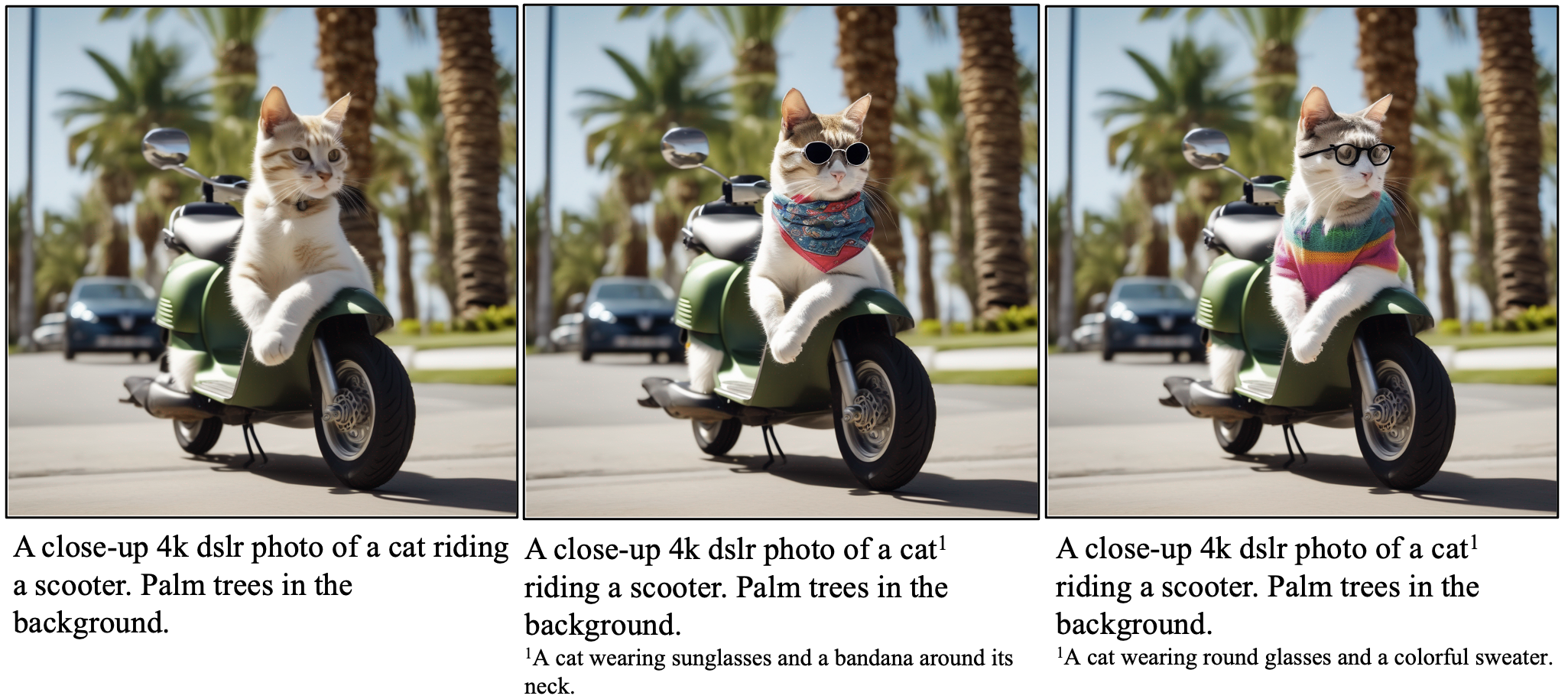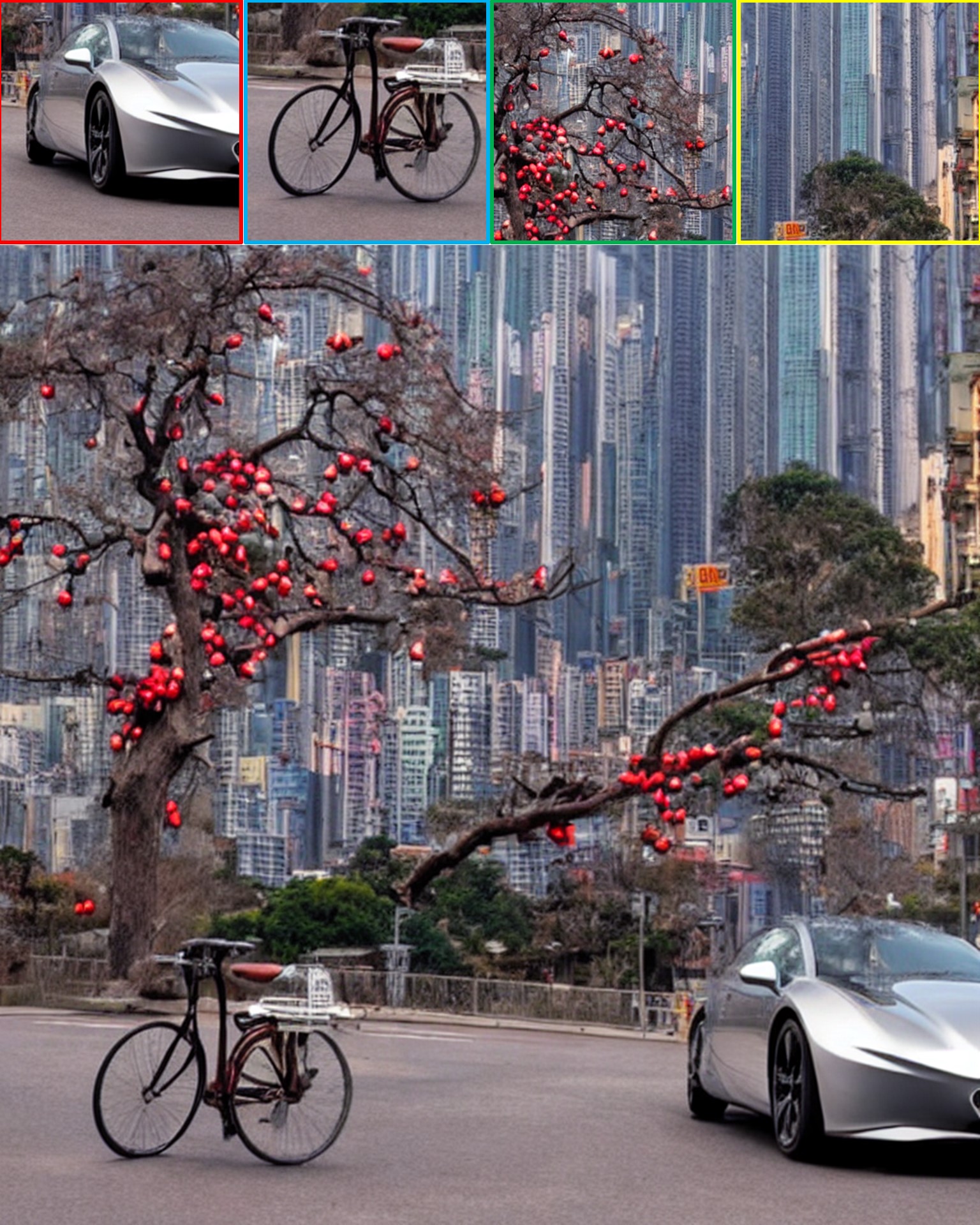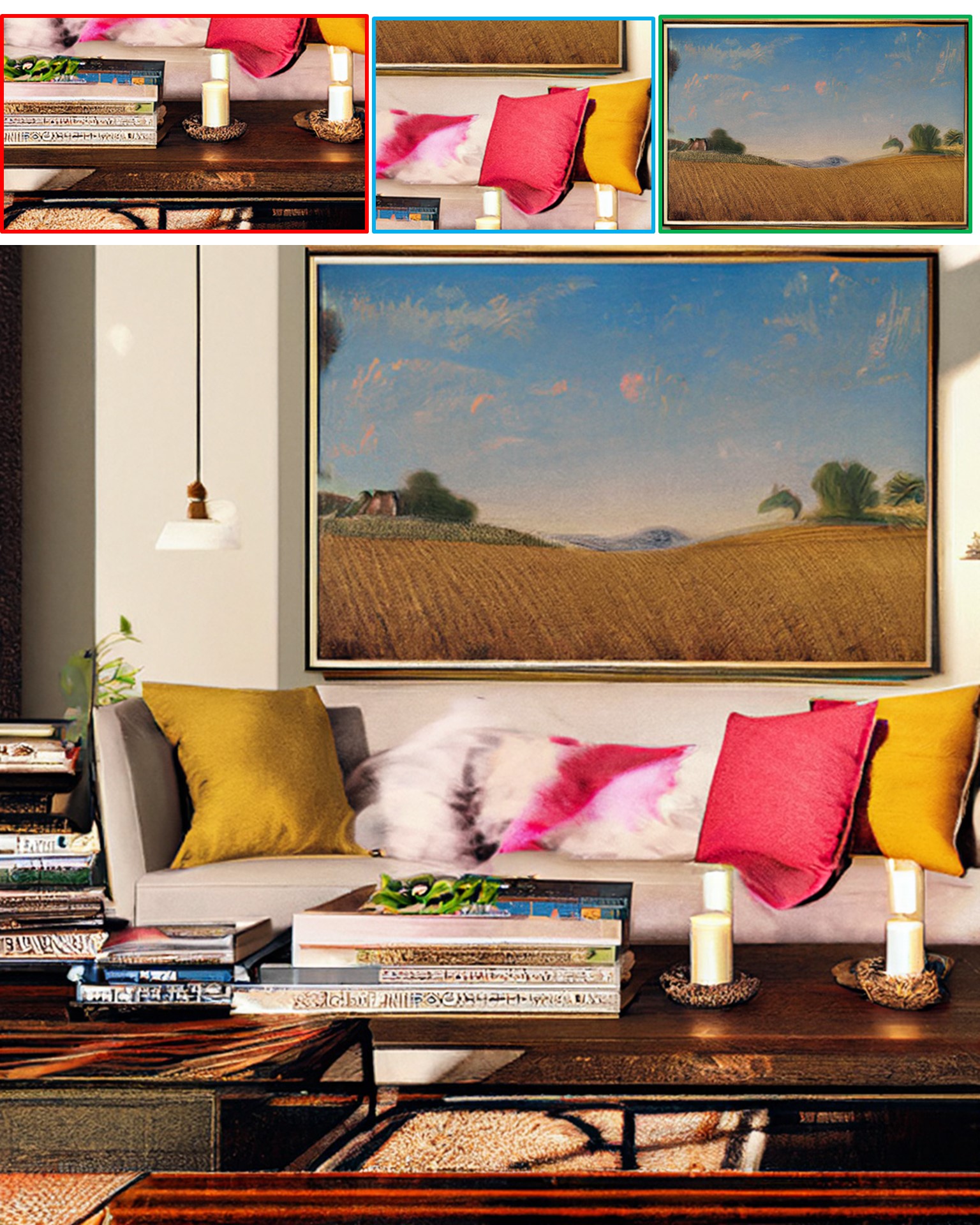We explore using versatile format information from rich text, such as font size, color, style, and footnote, for text-to-image generation and editing. Our framework enables various controlibility, including intuitive local style control, precise color generation, and supplementary description for long prompts. Check out our paper for more applications.
A pizza with mushrooms, pepperonis, and pineapples on the top.
A Gothic church in the sunset with a beautiful landscape in the background.
A night sky filled with stars above a turbulent sea with giant waves.
Styles: Van Gogh, Ukiyo-e
A close-up photo of a corgi wearing a hat1, beach and ocean in the background.
Styles: Impressionism.
1A lady's hat.
A man in suit1 with a green apple on his face..
1A colorful Hawaiian shirt.
A dog playing guitar on a boat, sailing in the ocean.
A girl with long hair sitting in a cafe, by a table with coffee1 on it, best quality, ultra detailed, dynamic pose.
1Ceramic coffee cup with intricate design, a dance of earthy browns and delicate gold accents. The dark, velvety latte is in it.
A pixel art of a duck with a gun1 in hand, wearing a hat2, minimalist, flat
1A bouquet of flowers.
2A black hat decorated with a red flower.
A watercolor painting of the detective duck wearing a sheriff uniform1 and holding a vintage handgun2.
1A dark green, washed jacket.
2A beautiful flower bouquet made of pink roses.
A kid wearing a backpack riding a bike in a street with fallen leaves.
A panda1 standing on a cliff by a waterfall.
1Happy kung fu panda, asian art, ultra detailede.
A portrait of a man with a golden beard wearing a hat.
Style: Cubism
